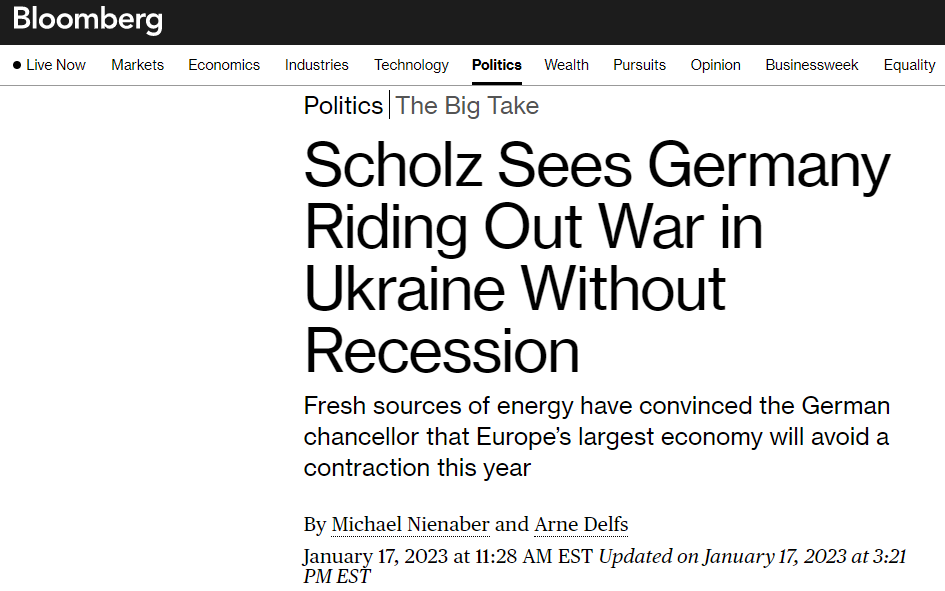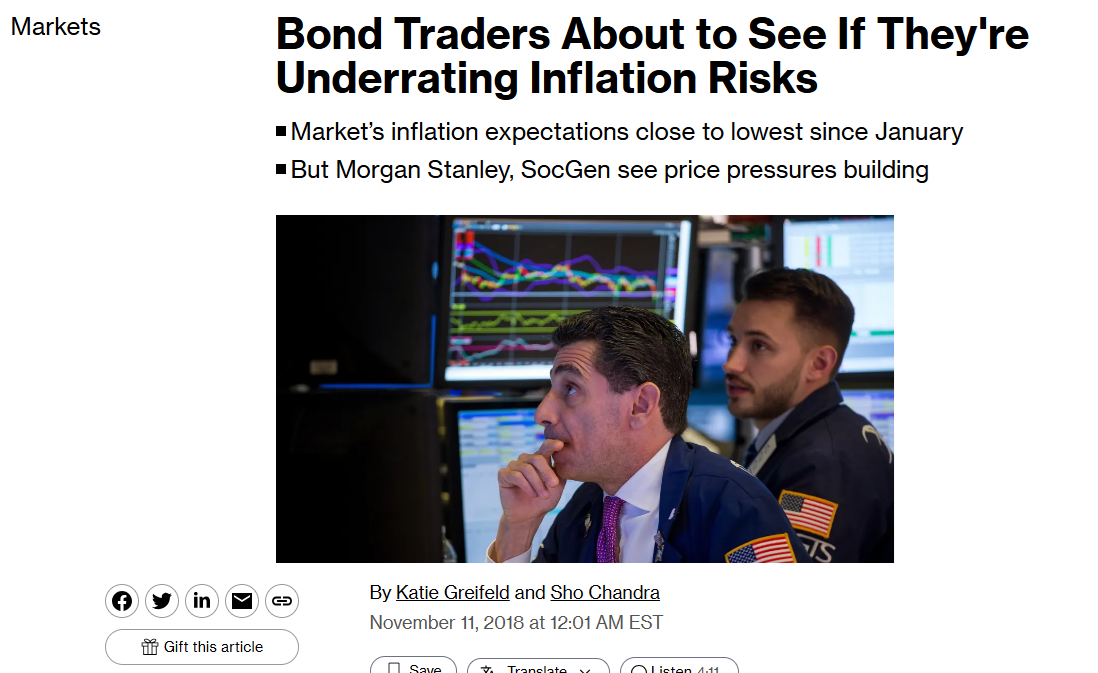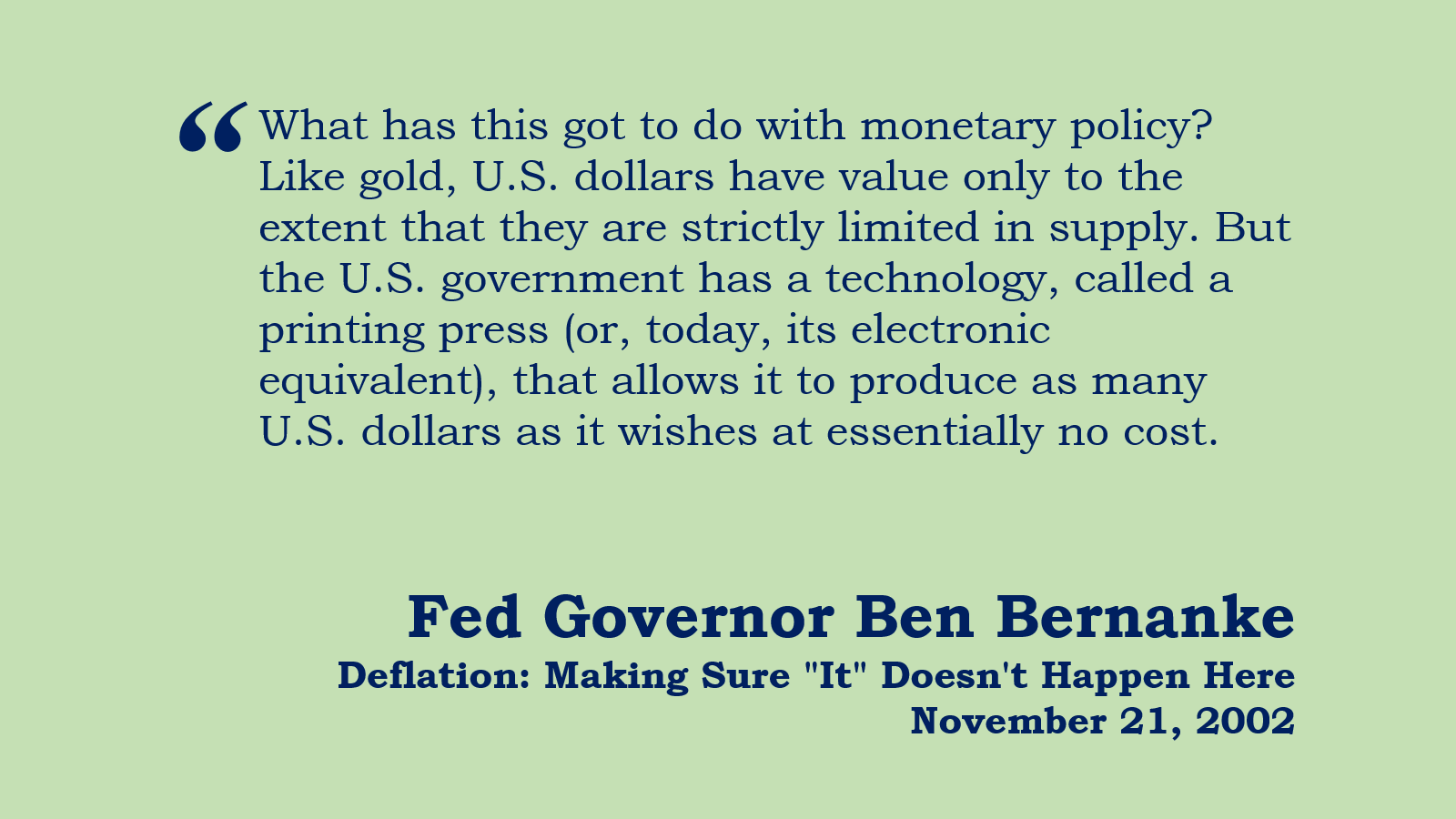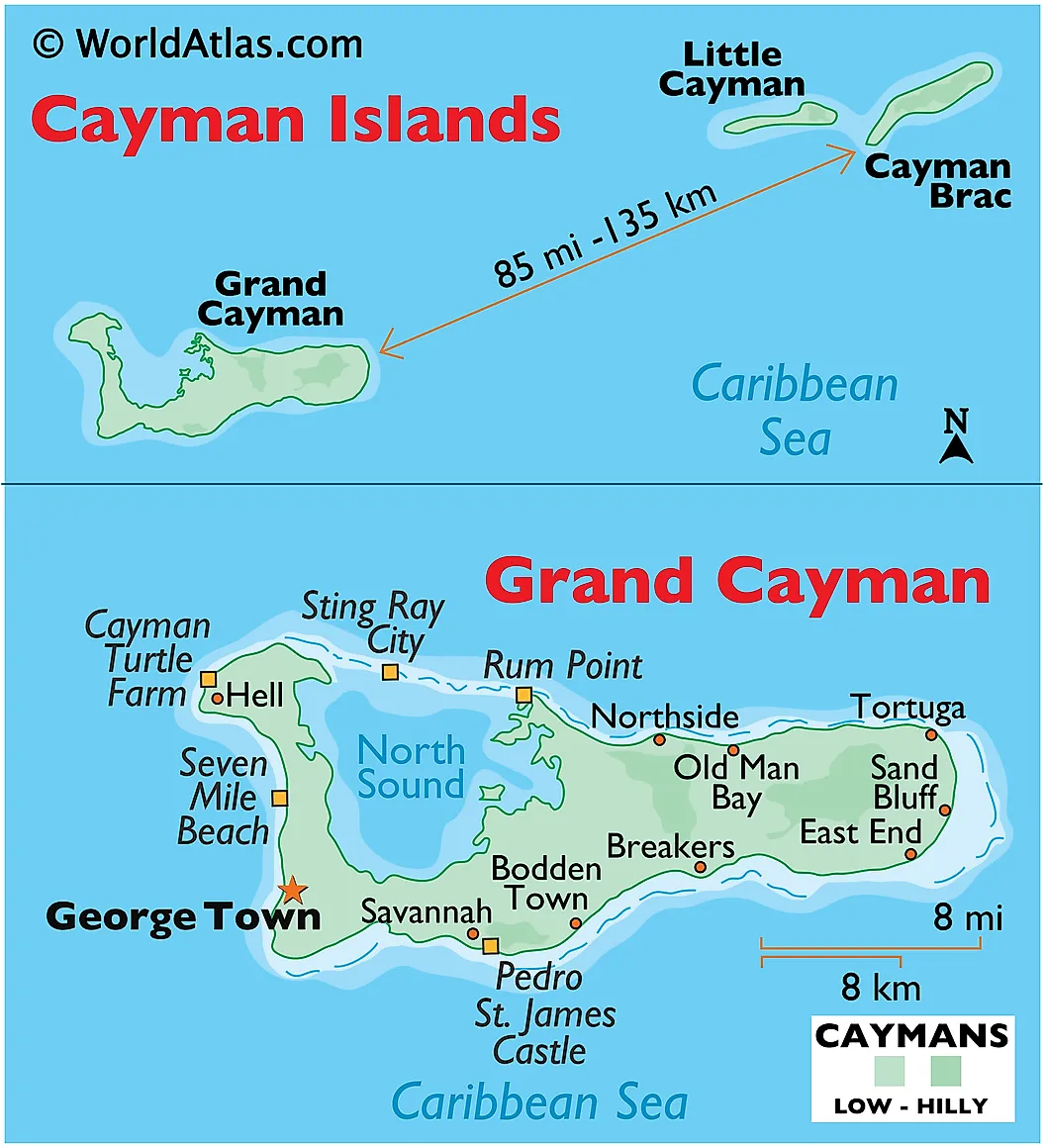



THE REAL LEGACY OF SVB IS TRENDING
Summary: The dollar soared in December and January. Everyone said it was Jay Powell. We now have more than enough evidence to conclusively show, no surprise, it wasn’t. Instead, a pretty significant dollar crisis when primary dealers hoarded massive amounts of Treasuries and foreign central banks and govts used massive amounts of theirs. But it’s the background which led to this which needs reviewing for what it means about a lot more than this recent monetary breakdown. This starts with Silicon Valley Bank.

INDIA PREMIUM
Summary: India’s banking situation has gotten to be a disorderly mess. RBI has had to initiate swaps, TOMOs, repo auctions, what they even called a “bazooka” to calm things down. Where did all this come from? Consequences from the eurodollar premium. According to the latest indications from it, such as primary dealers hoarding another massive record high in Treasury assets and very low yields on Japanese bills, this latest disruption isn’t yet done. The dollar has lost some of its urgency on trade wars fluctuations, not its background premium.


THE FREEZING ECONOMY’S HOT CPI
Summary: At first, these seem like contradictions: a “red hot” CPI at the same time one of the world’s oil giant’s reports laying off one-fifth of its entire workforce. After all, the latter is in response to the realities of oil and gas prices and margins which are main inputs into consumer price measures. Reconciling these two outcomes is not all that difficult once you realize it isn’t a hot CPI so much as a heated interpretation of it, one free from legit economics. It is economics (small “e”) which helps us explain a lot, including the danger of the Beveridge Curve represented by all these things.


JUST CALL IT STEEPENING
Summary: Payrolls were ugly in October and that wasn’t the only problem nor the worst part. Despite what sure looks like recession in the jobs market, the long end of the yield curve keeps selling off, rates rising when it seems like they should be doing just the opposite. The short end is, with bill rates more aggressively going lower as, at the very least, the next set of Fed rate cuts is basically locked in at this point. How, then, do we explain this odd curve divergence? The answer is that there is nothing odd about this at all.


SENTIMENTAL PARALYSIS
Summary: The FOMC announcement went as everyone expected. It was the language used in conveying the statement which caused some commotion. For his part, Chair Powell made things clearer by offering to clear up nothing. Officials have no idea what to think on the economy, particularly prospects for trade wars. That’s more than curious because policymakers have an enormous volume of scholarship on the subject from which to form solid opinions. Still, they refuse. Why?

OKUN NEEDS A BEVERIDGE
Summary: November JOLTS was grim, everything beside job openings which, not surprisingly, everyone focused exclusively on. Hires way down, quits at a new low, layoffs on the rise. Worst of all, where the current JOLTS - including job openings - fits on the Beveridge Curve. This isn’t just an academic matter, the concept behind it will decide the biggest question of them all: where on the curve indicates which way the long run economic potential is most likely to be.

JUST CALL ME TROUBLE
Summary: We have to question what the recession question even is before then asking the only question that gets to the root of the matter. First, the December CPI and an update from China with more money market turmoil. Afterward, getting to that potential unit question starting with Germany’s latest update then reviewing the history of “technical recession.” What we might call not-recovering is of secondary importance, at best, since what Germany shows is that whatever the labor it is indeed happening.

COME ON NAIRU
Summary: Why can’t Jay Powell and the FOMC seem to get a fix on “inflation.” Their entire recent hawkish stance is built on a single theory with an atrocious track record - even in Powell’s own experience. Today’s payroll report came in “hot”, yet, in truth, the labor market is under significant stress which is ironically illuminated by the very way in which the Fed considers it potentially inflationary. This whole discussion explains exactly why central bankers are doing what they’re doing, unable to make a determination on “inflation” pressures. Or labor strength. What’s the right comparison to make?


ABRUPT PAIR FOR S. KOREA
Summary: Just over an hour ago, the Bank of South Korea voted to reduce its policy rate for the second straight time, unexpected because of how rare this has been for BoK. All that does is underscore just how weak the economy there has become. Why? Globally synchronized. Yesterday, the FOMC released its minutes which were predicably conflicted. What South Korea just did - and why - should put any conflicts to rest at least for the rest of the world outside Fed policymakers. Even so, those at the FOMC do appear to realize just how precarious the position really is.

EUROPE ABOUT TO CUT RATES FASTER AND FARTHER
Summary: The Chinese did, indeed, cut rates - a lot of them and by a lot. Aside from that panicky confirmation, we turn our attention to Europe where various curves continue taking substantial twists. Interpreting them means considering possibilities only now being admitted by either central bankers or mainstream sources. Not just some macro, layoffs risk. Looking behind the last European rate cut also introduces something else.

‘SCIENCE’ OF RATE CUTS
Summary: This week is off to an auspicious start, rate cut hysteria in full bloom. Setting aside the ultimately irrelevant matter of fifty vs. twenty-five, what is a rate cut supposed to be? It sounds like a stupid question - the Fed lowers interest rates. Which one or ones? What, exactly, does that do? How is this supposed to work? No one ever thinks too much on it which is precisely the purpose. Here we'll answer those questions using their own words and studies, starting with Mr. Bernanke.

THE LESS YOU THINK ABOUT IT, THE MORE EFFECTIVE IT WOULD BE
Summary: With central bank rate cuts about to be unleashed in widespread fashion, here we examine the origins behind them. They aren't what you'd think nor are rate policies themselves. The lack of explanation for their effectiveness is actually the reason why we're supposed to believe they work in the first place. It was this irrational rearrangement which made low rates always previously associated with depression into "stimulus" that to this day is never able to stimulate. And that includes an ongoing experiment delivering more devastating proof that won't matter to the believers.

A CAYMAN JAPAN CONNECTION MADE IN EUROPEANS’ US BRANCHES
Summary: Repo fails were lower for the second straight week. That means we can check the correlations with other indications like bills, Treasury and Japanese, going in the other direction. Maybe more importantly, TIC figures show a massive deposit of USTs in the Cayman Islands. When? July, August, and September, the very period in question. The question for today’s DDA is how to connect all these pieces. We do just that with a big assist from…the ECB.
